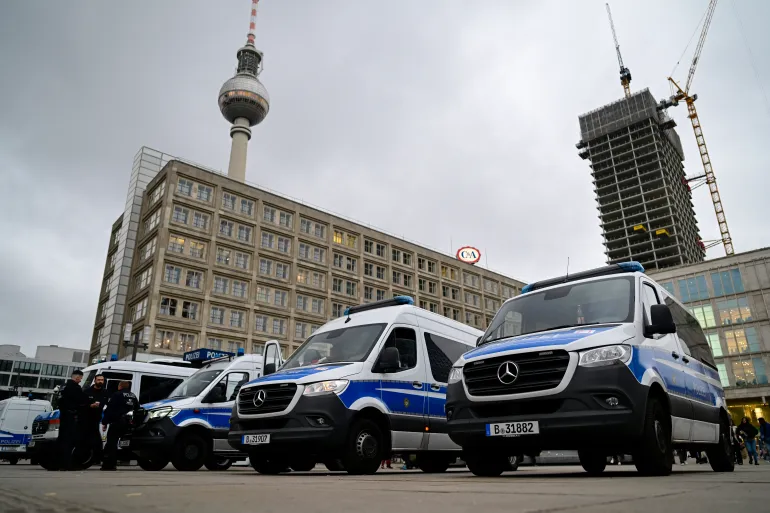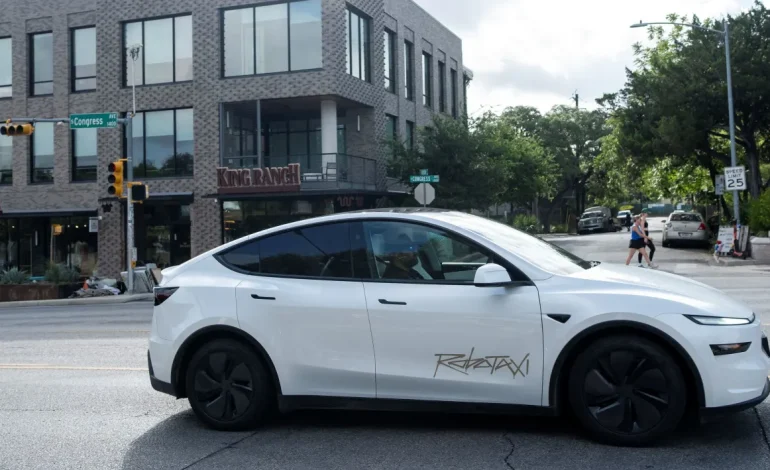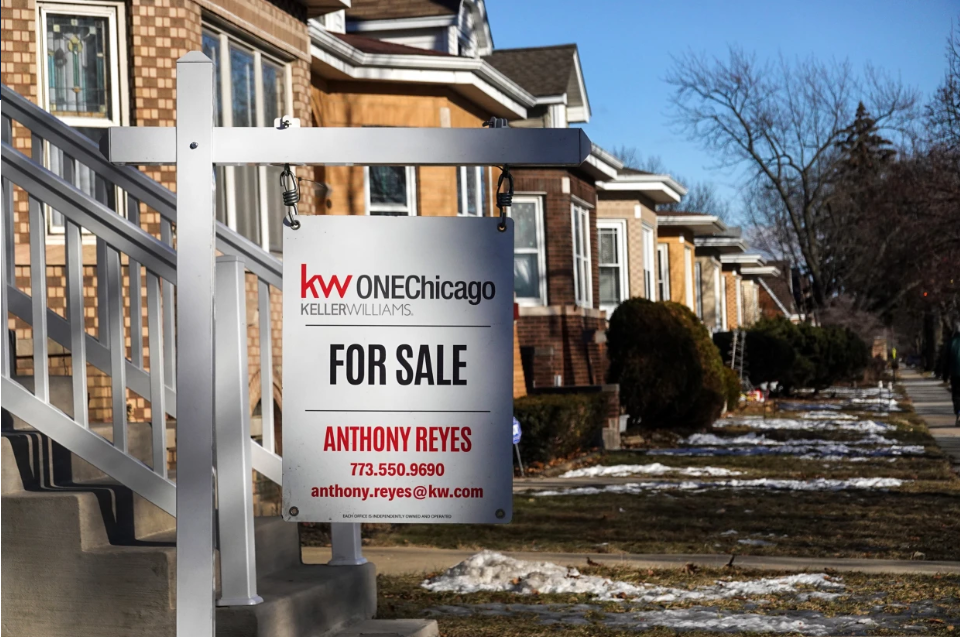Tesla’s robotaxi pilot program has officially hit the streets of Austin, Texas, offering select early access users a glimpse into the company’s vision for autonomous ride-hailing, Business Insider reports.
Since its June 22 launch, a small group of Tesla influencers and shareholders have begun livestreaming and posting footage of their experiences, giving the public a first look at the technology in action.
Business Insider reviewed over two hours of robotaxi ride videos and observed a mix of promising performance and areas for improvement.
The robotaxi, currently using Tesla’s Model Y vehicles, operates with an Uber-like mobile interface. Riders use the app to hail rides, view their ETA, and receive instructions on opening Tesla’s unique door handles. Early access rides are currently limited to a geofenced zone that includes parts of Zilker, South Lamar, South Congress, East Riverside, Lakeshore, and the Rainey Street Historic District. Each trip costs a flat rate of $4.20.
While marketed as autonomous, the rides are not entirely driverless. A human supervisor sits in the front passenger seat during each ride, though videos show no obvious need for intervention during the trips reviewed.
Inside, a rear-seat display provides a live map of the route and access to Tesla account features like playlists. For privacy, accounts are automatically logged out once the ride ends.
Despite mostly smooth performance, the robotaxi did exhibit some concerning behavior. In one video, the vehicle crossed into the wrong lane while attempting—and then abandoning—a left turn. It briefly entered oncoming traffic, prompting a nearby driver to honk, though no collision occurred.
Other issues included occasional speeding (slightly above posted limits), questionable pick-up and drop-off locations—including a stop in a handicapped space—and one incident where the robotaxi stopped mid-road after riders activated the “pull over” feature.
The National Highway Traffic Safety Administration (NHTSA) confirmed it is aware of these incidents and is in contact with Tesla, noting that its ongoing investigation into Tesla’s Full Self-Driving (FSD) technology remains active.
Despite some flaws, reviewers noted that the robotaxi handled many typical driving challenges well. It maintained safe distances, made confident lane changes, yielded appropriately at intersections, and responded cautiously to pedestrians and cyclists.
One notable incident involved the robotaxi pulling over for an ambulance—something a nearby human-driven Cybertruck failed to do. The move was widely praised online as a sign of the system’s potential.
In crowded areas, such as a grocery store parking lot, the robotaxi initially hesitated but eventually navigated the environment effectively. It also performed well at night, even without lidar or radar, relying solely on cameras and Tesla’s updated FSD software.
The rollout of Tesla’s robotaxi service represents a significant milestone for the company after years of delays. The limited pilot in Austin serves as a public testbed as Tesla gathers real-world data and feedback.
Though early reactions are mixed, the system showed flashes of capability that hint at future potential. Observers and regulators alike will be watching closely as Tesla refines its autonomous ride-hailing service—and as competition, including Waymo, continues to expand its own presence in Austin.









The latest news in your social feeds
Subscribe to our social media platforms to stay tuned